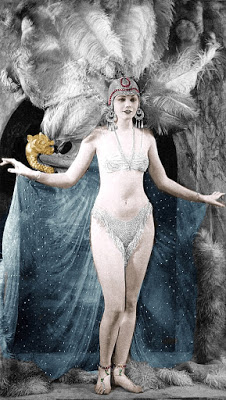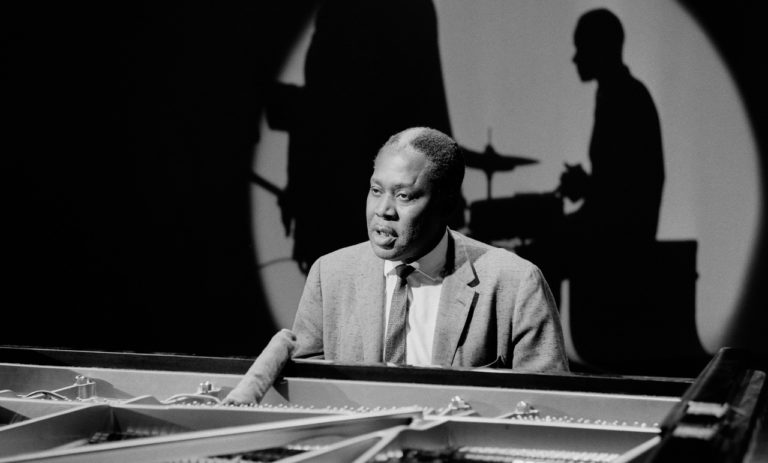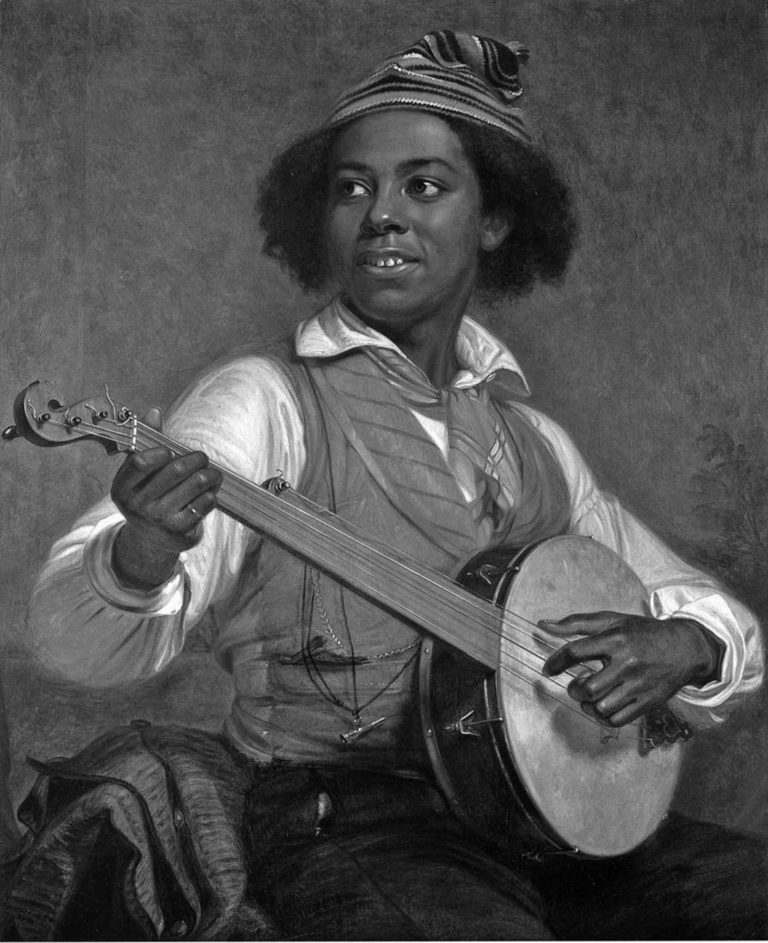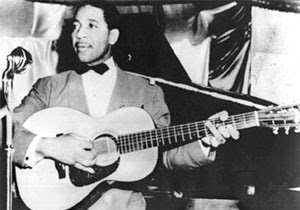BLUESMUSE28.
How many blues lovers have wondered how this intriguing music of ours first gained its unique sound? As much as I tried, I could never see how the nuances of blues related to the frenetic music of old tribal Africa, no matter how many documentaries and music histories told me it did.
About ten years ago, I had a revelation. I was watching The Chariots of Ancient Libya, a documentary by the excellent Australian film maker, David Adams. In this documentary, Adams filmed local Libyan tribesmen playing, on ancient instruments, a music that seemed remarkably similar to blues. To me, this was the key to the highway, so to speak.
What I discovered, inspired me to research the blues even further, ultimately ending up with the illustrated eBook histories, How Blues Evolved Volumes One and Two and the big 390 page paperback, America’s Gift: The untold Story of How Blues Evolved.
Since I started on this blues quest, a growing body of academic evidence has emerged to back up what I heard on Adams’ film (these academic sources are detailed in the book). This evidence suggests the true origins of the blues lay in the parts of Africa touched by Islam and you only have to hear for yourself the traditional music of the Tuareg people of North Africa to appreciate its uncanny correlation with some of the earliest recorded rural blues.
The Tuareg are not Arabs but Berbers, and known as the Blue Men of the Desert, due to their indigo blue robes and wrap-around headwear. This is nothing to do with how blues got its name, of course, and is
purely coincidental.
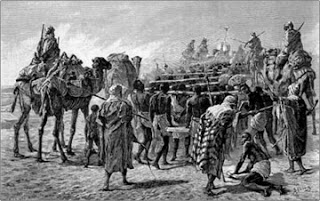 |
| Tuareg slave traders taking their captives across the Sahara. |
Traditionally living between the Arabs of northern Africa and the Negroid peoples of sub-Saharan Africa, Tuareg warriors had traditionally hunted-down and traded in black slaves since Roman times. For 600 years, until the very end of the nineteenth century, the Tuareg were the undisputed masters of North Africa’s slave trade, controlling and protecting their network of north-west African trade routes across the Sahara, and guarding and protecting the many slave markets in desert towns.
While they also traded in gold, perfume, dates and spices, perhaps half of the Tuareg’s trafficking was human, with slaves forced to walk hundreds of miles, fastened in head-yokes, to the old slave warehouses of modern-day Libya, Egypt, Morocco, Benin, Ivory Coast, Ghana and Sierra Leone.
It’s not difficult to imagine the wretched captive audiences of slaves dejectedly listening to the hypnotic music emanating from the Tuareg camp fires through the cold desert night. Just how much the songs of the Tuareg slave traders influenced the music of the 645,000 African slaves transported to North America no one can ever know. But it is becoming increasing evident that such Tuareg music did influence the earliest sounds of the blues.
A modern twist to this tale is the electric-guitar-driven-sound of the modern-day Tuareg band, Tinariwen, made up of Tuareg musicians from the desert region of Mali. Formed in 1979,
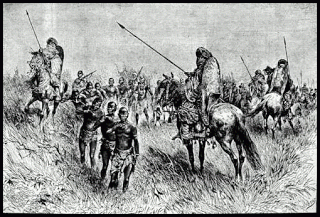 |
| Another old print of Tuareg slave hunters. |
Tinariwen won the Best World Music Award at last year’s Grammys. Due to the nomadic nature of their people, band members tend to be an inter-changing collective rather than the same musicians.
While Tinariwen’s early influences were Led Zeppelin, Dire Straits, Jimi Hendrix, Santana, etc, the Berber band members have always said categorically that they never heard authentic American blues until they started touring internationally in 2001.



